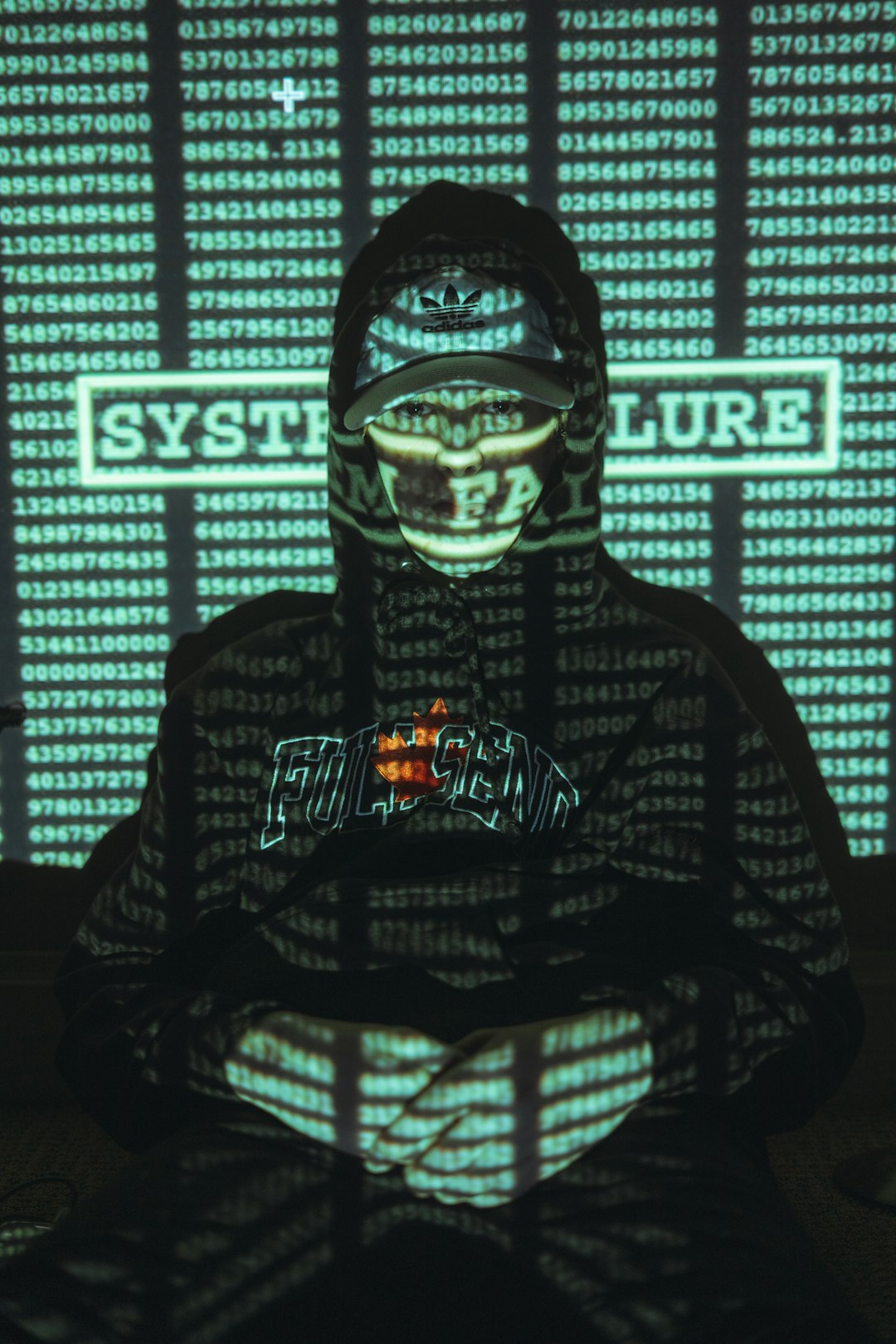
The digital realm relies heavily on accurate and optimized cyber content to convey critical vulnerabilities, system flaws, and cybersecurity best practices. As cybersecurity websites grow in prominence—especially those detailing CWEs (Common Weakness Enumeration), CVEs (Common Vulnerabilities and Exposures), and threat intelligence—it becomes vital that their technical SEO foundations are as robust as their research. Technical SEO not only ensures discoverability but also supports credibility within a saturated cyber content ecosystem.
The Importance of Technical SEO for Cybersecurity Content
Cybersecurity websites differ from traditional commercial or content platforms in one fundamental way: their need for absolute accuracy, trust, and structure. Websites dedicated to cyber threats serve as reference points for security researchers, system administrators, developers, and even compliance auditors. When it comes to content outlining CWEs and CVEs, highly structured technical SEO enhances both visibility and user reliability.
Search engines need to understand not just keywords, but the context and taxonomy of cyber content. This requires clear metadata, schema markups where applicable, fast load speeds, and an intuitive architecture that mirrors the layered nature of cybersecurity documentation.

Structuring CVEs and CWEs for Maximum Visibility
Both CVEs and CWEs are standardized identifiers for security flaws, with CVEs representing specific vulnerabilities and CWEs describing generalized types of software weaknesses. These terms are searched by researchers, engineers, and automated bots. As such, optimizing their pages goes beyond metadata—it includes:
- Consistent naming conventions: Use the standard formats like CVE-2024-12233 or CWE-79 in H1s and URLs to aid direct indexing.
- Structured data markup: Where appropriate, use custom schema to classify vulnerabilities by severity, software affected, remediation strategies, and discovery date.
- Canonical linking: Avoid duplicate pages for the same vulnerability to concentrate page authority and avoid crawl penalties.
- Automated indexing via sitemap.xml: Regularly update your site map when new CVEs or CWEs are published to signal search engines promptly.
Technical Hygiene: Page Speed, Crawlability & Indexation
As cybersecurity sites may serve large repositories of content, ensuring that a search engine can effectively crawl and index thousands of pages is critical. Start with the fundamentals:
- Load times: Optimize JS, CSS, and image assets, and leverage CDN caching to serve content quickly, especially since security professionals often operate globally.
- Robots.txt and crawl directives: Carefully craft directives to allow search engines to explore all relevant subdirectories without wasting crawl budgets on archive or outdated logs.
- Pagination handling: Use structured pagination to encourage logical crawling of long vulnerability listings, especially in dated records and changelogs.
Additionally, an XML sitemap should include metadata on publication and modification dates, allowing prioritization of urgent updates—which matter the most in a security context.
Entity Tagging and Natural Language Processing (NLP)
Search engines now use entity recognition to contextualize content. For example, identifying “Apache Struts” as a software product and “CVE-2017-5638” as a vulnerability related to it strengthens contextual relevance. This is particularly essential when multiple vulnerabilities affect the same platform.
To support this:
- Use internal linking regimes: Always link software names, versions, and library dependencies to dedicated entity pages.
- Provide machine-readable metadata: Include JSON-LD schemas for products, releases, and security events.
- Maintain a glossary: Accessible definitions for acronyms like XSS, RCE, and DoS help guide novice visitors while enhancing semantic clarity.
Governance of Content Accuracy and Refresh Cycles
Maintaining the SEO health of a cyber-focused site means eliminating stale content. Given the rapid evolution of threats, vulnerabilities once considered critical may later be deprecated, resolved, or supplanted by more severe exploits.

Content governance should include the following SEO-relevant processes:
- Change logs and visual indicators: Clearly timestamp edits using visual badges like “UPDATED” and maintain changelogs that help users and search engines trust version updates.
- Content versioning: When updating a CVE page, create labeled snapshots or use tabs to differentiate original info from evolving analysis.
- Redirect aging content: Use 301s for deprecated threat advisories or older URLs to new locations with richer context while preserving link equity.
This kind of comprehensive governance ensures both personas and bots are being served authoritative, correct information in a continually secured format.
Advanced Schema: Risk Scoring and Threat Intelligence Integration
The addition of advanced SEO schema tags tailored to cybersecurity opens new possibilities. For example, Google and other engines support custom schemas for products, risks, and organizations. Outline scores from NVD, CVSS, or proprietary rating systems in a structured format along with:
- Discovery dates
- Software affected
- Confirmed exploit kits or injection vectors
Integrating these into the page framework not only supports visibility but trust—moving your site further towards being seen as a primary source.
Conclusion: The Symbiosis of SEO and Cyber Intelligence
As the cybersecurity landscape expands in complexity, the role of technical SEO becomes increasingly mission-critical. Ensuring cyber-specific content like CWEs and CVEs are properly structured, updated, vetted, and enriched with metadata will make the difference between website obscurity and digital authority.
Cyber professionals don’t just seek information—they analyze it, archive it, and share it within ecosystems where timeliness and trust are life-or-death factors. A well-optimized cyber content portal isn’t just a digital asset—it’s a weapon in the information security arsenal.
FAQ: Technical SEO for Cyber Sites
- Q: What is the difference between a CVE and CWE in terms of SEO?
A CVE refers to a specific vulnerability, whereas a CWE refers to a category of weakness. SEO considerations must capture this distinction by organizing each with standardized URLs, metadata, and linking conventions. - Q: How often should cybersecurity content be updated for SEO?
At minimum, evergreen CVE pages should be reviewed quarterly. However, high-priority vulnerabilities should be updated within 24 hours of new findings or patches. - Q: What schema types are most effective for CVE pages?
There are no universal CVE schemas, but custom JSON-LD formats outlining datePublished, softwareAffected, and severityRating should be implemented. - Q: Can technical SEO improve cybersecurity site’s page authority?
Absolutely. Clean crawl paths, structured data, interlinking, and freshness signals all contribute to higher authority and trust in results pages. - Q: Is loading speed really that critical for a security site?
Yes. Security professionals expect instant access, and a delay can cost credibility. Fast load speeds also directly benefit mobile rankings and bounce rate metrics.





